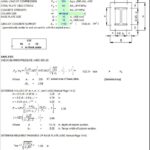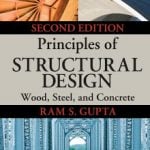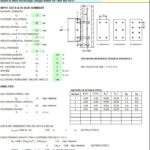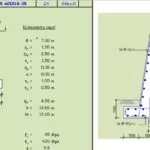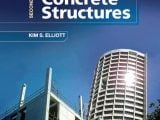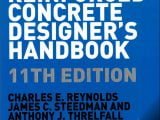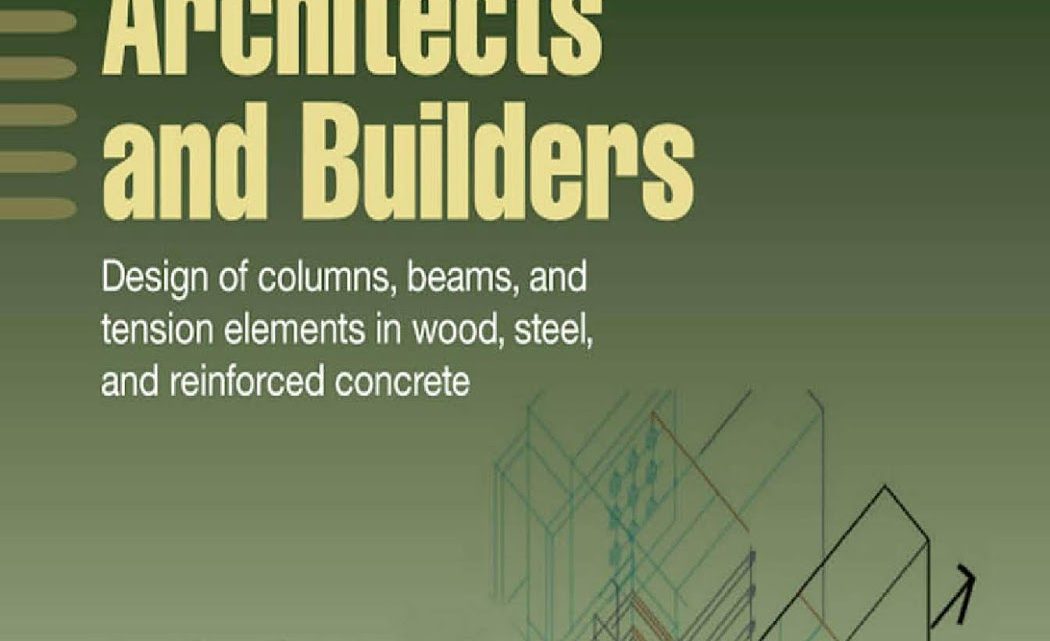
Structural Elements for Architects and Builders Jonathan Ochshorn
5 July 2018Structural Elements for Architects and Builders
Asis well known, architects and builders rarely design the structural elements and systems within their buildings, instead engaging the services of (and, it is to be hoped, collaborating with) structural engineers, or relying upon standard practices sanctioned by building codes. Where architects or builders wish to be adventurous with their structures, some knowledge of structural behavior and the potential of structural materials is certainly useful. On the other hand, where they are content to employ generic structural systems — platform framing in wood, simple skeletal frames in steel or reinforced concrete — one can get by with little actual knowledge of structural design, relying instead on the expertise of structural consultants and the knowledge of common spans, heights, and cross-sectional dimensions around which many ordinary buildings can be planned.
The heroic stage of modernism, in which architects often sought to reconcile structural behavior and overall building form — some finding inspiration in the structural frame or the load-bearing wall — was also the heroic stage of structural education for architects: it was hardly necessary, in that context, to explain why architects needed to learn about structures. Some of the same excitement about the potential of structure in architecture still remains, but it is also true that a “ mannerist ” tendency has emerged, interested not necessarily in renouncing the role of structure inarchitecture, but rather reveling in its potential to distort, twist, fragment, and otherwise subvert modernist conventions and the architectural forms they support.
Yet all structures, whether hidden from view or boldly expressed, follow the same laws of equilibrium, are exposed to the same types of forces and are constrained by the same material properties and manufacturing practices. It is, therefore, appropriate for architects and builders to study structures in such a way that the basic principles underlying all structural form become clear. This can be accomplished in three phases: (1) by studying the concepts of statics and strength of materials, (2) by learning how these concepts are applied to the design of common structural elements fabricated from real materials, and (3) by gaining insight into the design of structural systems comprised of structural elements interconnected in a coherent pattern.
Much of the material presented in this text can be found elsewhere; the basic conditions of equilibrium, historical insights into structural behavior that form the basis for structural design, and recommendations for design procedures incorporated into building codes are all widely disseminated through industry-published manuals, government-sanctioned codes, and academic texts. Many excellent structures texts have been written specifically for architects and builders.
- CHAPTER 1 Statics
- CHAPTER 2 Loads
- CHAPTER 3 Material properties
- CHAPTER 4 Sectional properties
- CHAPTER 5 Design approaches
- CHAPTER 6 Tension elements
- CHAPTER 7 Columns
- CHAPTER 8 Beams
- CHAPTER 9 Connections

